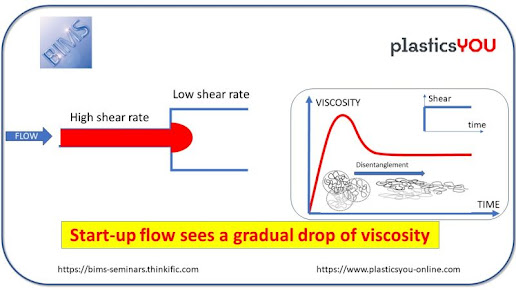New software for filament winding pattern generation
A tapered vessel mandrel showing a helical winding, the transition and a circumferential winding. Band colors indicate the winding angle. © Seifert and Skinner & Associates, Inc.
Seifert and Skinner & Associates, Inc. (SS&A) has introduced ComposicaD™; as announced on the 07th of July 2010. This software generates winding patterns for any filament winding machine. Modules and packages in the ComposicaD lineup allow winding for:
• pipes and tubes;
• tanks and vessels;
• any figure of revolution;
• pipe tees and elbows;
• spars;
• other geometric shapes.
The software was designed from the ground up to be completely user friendly, making it quick for the part programmer to make parts. The software is uniquely focused at the part level, not at the individual layer level, where much of today’s existing software is focused.
Many filament winders make a range of products – pipes or tanks that vary only in the overall length or diameter. Using ComposicaD, the part programmer builds the desired laminate table – the different layers of circumferential, helical and transition winding – and then can produce a range of parts, simply by varying the part length and/or diameter. ComposicaD automatically recalculates all of the layers to produce the new part. This can save an enormous amount of time, since each part doesn’t have to be laboriously programmed individually layer by layer.
ComposicaD uses many improved algorithms for calculating the fiber paths and machine motions. The software produces exactly symmetric laminates, produces a “time optimal trajectory”, controls the fiber speed and acceleration, automatically generates minimum length transitions, and more. ComposicaD maintains a database of materials – commonly used fiber band setups – which include the band width, band thickness, maximum slip potential, band density, cost and other parameters. These parameters are used to calculate laminate weights, length of fiber consumed, and costs as well as the winding time, both on a total part basis and for the individual lamina.
ComposicaD produces machine output for up to six axes of motion – spindle, carriage, cross carriage, rotating eye, yaw axis and perpendicular axis. ComposicaD automatically calculates the thickness buildup and adjusts the winding contour. Winding speeds are controlled by the machine accelerations and velocities, including the fiber speed, and can be varied up to the limits, which are specific for the target winding machine.
ComposicaD produces output for all types of CNC winding machines and has capability to control other devices associated with the winding process, such as fiber tension, resin bath temperature, mandrel pressure, and other parameters.
Composicad is available exclusively through Seifert and Skinner & Associates and leading winding machine manufacturers.
Seifert and Skinner & Associates, Inc. (SS&A) has introduced ComposicaD™; as announced on the 07th of July 2010. This software generates winding patterns for any filament winding machine. Modules and packages in the ComposicaD lineup allow winding for:
• pipes and tubes;
• tanks and vessels;
• any figure of revolution;
• pipe tees and elbows;
• spars;
• other geometric shapes.
The software was designed from the ground up to be completely user friendly, making it quick for the part programmer to make parts. The software is uniquely focused at the part level, not at the individual layer level, where much of today’s existing software is focused.
Many filament winders make a range of products – pipes or tanks that vary only in the overall length or diameter. Using ComposicaD, the part programmer builds the desired laminate table – the different layers of circumferential, helical and transition winding – and then can produce a range of parts, simply by varying the part length and/or diameter. ComposicaD automatically recalculates all of the layers to produce the new part. This can save an enormous amount of time, since each part doesn’t have to be laboriously programmed individually layer by layer.
ComposicaD uses many improved algorithms for calculating the fiber paths and machine motions. The software produces exactly symmetric laminates, produces a “time optimal trajectory”, controls the fiber speed and acceleration, automatically generates minimum length transitions, and more. ComposicaD maintains a database of materials – commonly used fiber band setups – which include the band width, band thickness, maximum slip potential, band density, cost and other parameters. These parameters are used to calculate laminate weights, length of fiber consumed, and costs as well as the winding time, both on a total part basis and for the individual lamina.
ComposicaD produces machine output for up to six axes of motion – spindle, carriage, cross carriage, rotating eye, yaw axis and perpendicular axis. ComposicaD automatically calculates the thickness buildup and adjusts the winding contour. Winding speeds are controlled by the machine accelerations and velocities, including the fiber speed, and can be varied up to the limits, which are specific for the target winding machine.
ComposicaD produces output for all types of CNC winding machines and has capability to control other devices associated with the winding process, such as fiber tension, resin bath temperature, mandrel pressure, and other parameters.
Composicad is available exclusively through Seifert and Skinner & Associates and leading winding machine manufacturers.


Comments
Post a Comment